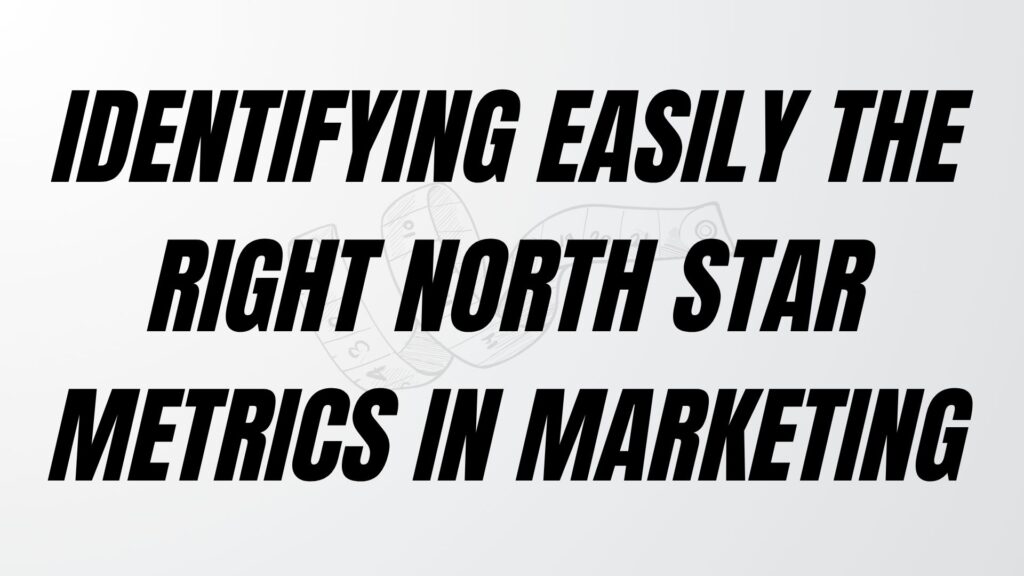Introduction
Some products seem to appear out of nowhere and suddenly they’re everywhere. Behind that seemingly magical market entry lies something far less mystical – a well-crafted go-to-market plan.
According to McKinsey’s research, for every successful product launch attempt, about four fail. And these failures aren’t limited to inexperienced startups – even large corporations and seasoned entrepreneurs stumble when entering new markets.
You’ve poured resources into developing your product. You’re confident it solves a genuine problem. But without a proper roadmap to introduce it to your target audience, you might as well be shouting into the void. A go-to-market plan isn’t just paperwork – it’s your blueprint for connecting your solution with the people who need it most.
Let’s face it: launching products can be messy. Markets shift. Competitors emerge from unexpected corners. Customer preferences evolve faster than ever. That’s precisely why your go-to-market approach matters so much. It’s not about perfection; it’s about preparation.
Take Oatly’s expansion into the US market. Rather than investing heavily in advertising, they targeted artisanal coffee shops where customers were already seeking dairy alternatives. This strategic approach led to tenfold revenue growth between 2017 and 2018. Their success wasn’t accidental – it was the result of a carefully crafted go-to-market strategy that put their product directly in front of the right customers at the perfect moment.
In this article, we’ll break down what makes a go-to-market plan tick, why you can’t afford to skip this step, and how to build one that actually works for your B2B offering. No fluff, just practical insights you can apply straight away.
1. Market Research & Analysis
A thorough understanding of the market is foundational to a successful Go-To-Market plan. This involves a deep dive into industry trends, identifying potential target audiences, and analyzing the competitive landscape.
Firstly, it’s crucial to stay abreast of emerging technologies like AI, cloud computing, and IoT, as these advancements significantly impact the software integration landscape. By identifying evolving customer needs and anticipating future market demands, software integrators can proactively position themselves for success. Industry reports (Gartner, Forrester), market research databases (Statista, IBISWorld), trade publications, industry conferences can be reliable sources with informational search intent (e.g., “latest software integration trends,” “future of software integration”).
Secondly, pinpointing the ideal customer profile (ICP) is paramount. This involves defining specific customer segments based on factors such as industry, company size, job titles, pain points, and technology stack. By understanding the unique challenges and requirements of each segment, integrators can tailor their offerings and messaging for maximum impact. Customer Relationship Management (CRM) data, market research reports, industry event attendees are among the most interesting sources. Again, the search intent should be purely informational (e.g., “ideal customer profile for software integrators,” “market segmentation for software companies”).

Finally, a comprehensive competitive analysis is essential. This involves identifying both direct and indirect competitors, analyzing their strengths and weaknesses, and identifying areas for differentiation. By understanding the competitive landscape, software integrators can effectively position themselves as the preferred partner for their target audience:
- Identify key competitors
Direct competitors (offer similar services), indirect competitors (offer alternative solutions to the same customer problems). - Analyze competitor strengths and weaknesses
Pricing, marketing strategies, customer reviews, service offerings, technology partnerships. - Identify competitive advantages
Unique selling propositions (USPs), differentiators, areas for improvement. - Sources
Competitor websites, social media profiles, customer reviews (G2, Capterra), industry publications. - Search Intent
Informational (e.g., “competitive analysis for software integrators,” “how to analyze competitors in the software industry”).
2. Value Proposition Refinement
Once the market research is complete, it’s time to refine the value proposition. This involves clearly defining the unique value that the integration services bring to the market. What unique value do you bring to the market? How do you solve customer problems better than competitors? How do they do it better than competitors?
The focus should always be on customer benefits and emphasize how the integration services improve efficiency, reduce costs, increase revenue, enhance customer experience, and mitigate risks.
Based on these insights, compelling messaging can be crafted that resonates with the target audience. This messaging should clearly and concisely communicate the unique value proposition and differentiate the integration services from the competition.
Customer feedback, market research data, competitive analysis findings are sources to start with with an informational search intent (e.g., “developing a strong value proposition,” “how to communicate your value to customers”).
3. Sales & Marketing Strategy
A robust sales and marketing strategy is crucial for reaching the target audience and generating leads.
On the sales front, this involves developing a well-defined sales process, from lead generation and qualification to negotiation and closing. Building a skilled sales team with industry expertise is essential. Additionally, leveraging sales enablement tools such as CRM systems and sales intelligence platforms can significantly enhance sales productivity. Do not hesitate to refer to sales methodology books (e.g., SPIN Selling, Challenger Sale) and to industry best practices with transactional search intent keywords (e.g., “best CRM for software integrators,” “sales enablement tools”).
On the marketing front, a multi-faceted approach is necessary. Content marketing plays a vital role in attracting and engaging the target audience. Creating high-quality, valuable content such as blog posts, white papers, webinars, and case studies can establish thought leadership and build brand awareness.
Digital marketing channels, including SEO, social media marketing, PPC advertising, and email marketing, are essential for reaching a wider audience. Public relations efforts, such as securing media coverage and building relationships with industry influencers, can further enhance brand visibility.
Finally, participating in industry conferences and trade shows provides valuable networking opportunities and allows integrators to showcase their expertise to a targeted audience. Based on my experience, I would suggest reading as many digital marketing blogs, social media marketing guides and SEO best practices as possible. You can find such content easily with informational search intent keywords (e.g., “content marketing for software integrators,” “SEO for software companies”).
4. Operational Planning & Execution
Effective Project Management is crucial for successful project delivery and customer satisfaction. This involves establishing clear project timelines, budgets, and resource allocation for each project. Implementing standardized service delivery processes ensures consistent quality and efficiency.
Furthermore, a strong focus on customer success is essential. This includes providing comprehensive onboarding, training, and ongoing support to ensure customer satisfaction and build long-term relationships.
5. Monitoring, Measurement, & Optimisation
Continuous monitoring, measurement, and optimization are essential for ensuring the long-term success of the Go-To-Market plan. Key Performance Indicators (KPIs) such as website traffic, lead generation, conversion rates, customer acquisition cost (CAC), customer lifetime value (CLTV), and customer satisfaction should be tracked and analyzed regularly.
Data analysis provides valuable insights into the effectiveness of the GTM plan and identifies areas for improvement. Based on these insights, the Go-To-Market plan should be continuously refined and adapted to changing market conditions and customer needs.
Conclusion
Developing and executing a robust GTM plan is essential for software integrators to thrive in today’s competitive market. By conducting thorough market research, refining your value proposition, and implementing a comprehensive sales and marketing strategy, you can effectively reach your target audience, build strong customer relationships, and achieve sustainable growth.
FAQs About Successful Go-To-Market Plans
What is the primary goal of a Go-to-Market (GTM) plan for software integrators?
To successfully launch and market integration services, reach target customers, and achieve business growth.
Why is market research crucial for a Go-To-Market plan?
Market research helps identify target audiences, understand their needs, and analyze competitors, enabling informed strategic decisions.
How can software integrators differentiate themselves in the market?
By developing a unique value proposition, focusing on customer-centric solutions, and providing exceptional service delivery.
What are some key performance indicators (KPIs) for a successful Go-To-Market plan?
Lead generation, conversion rates, customer acquisition cost (CAC), customer lifetime value (CLTV), and customer satisfaction.
To find out more about Creating Go-To-Market Plan



> Back to the cluster pages
🔎 Knowing Your Customer: How to Stand Out in a busy B2B world
🚀 Marketing Strategies For B2B SaaS: What You Need To Know

